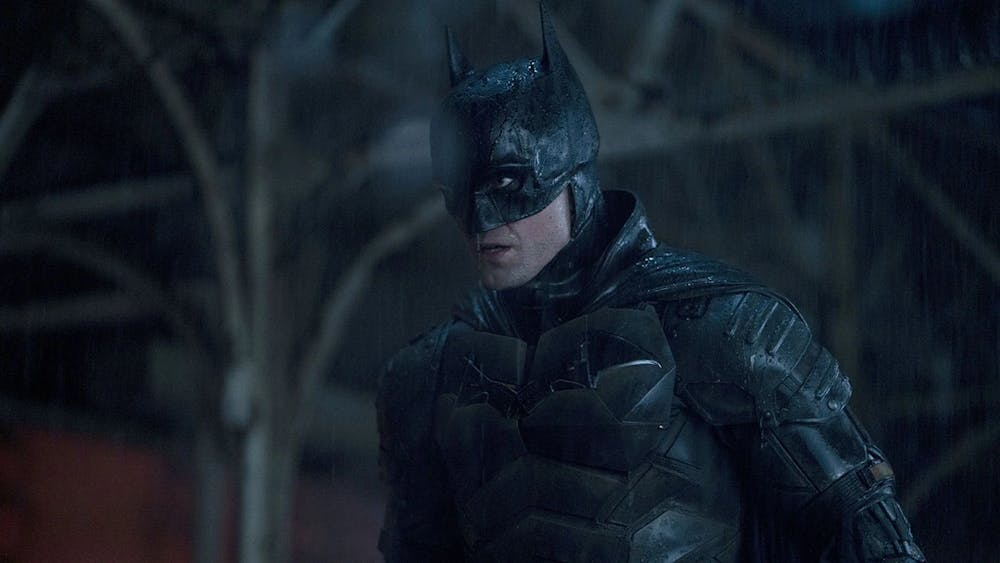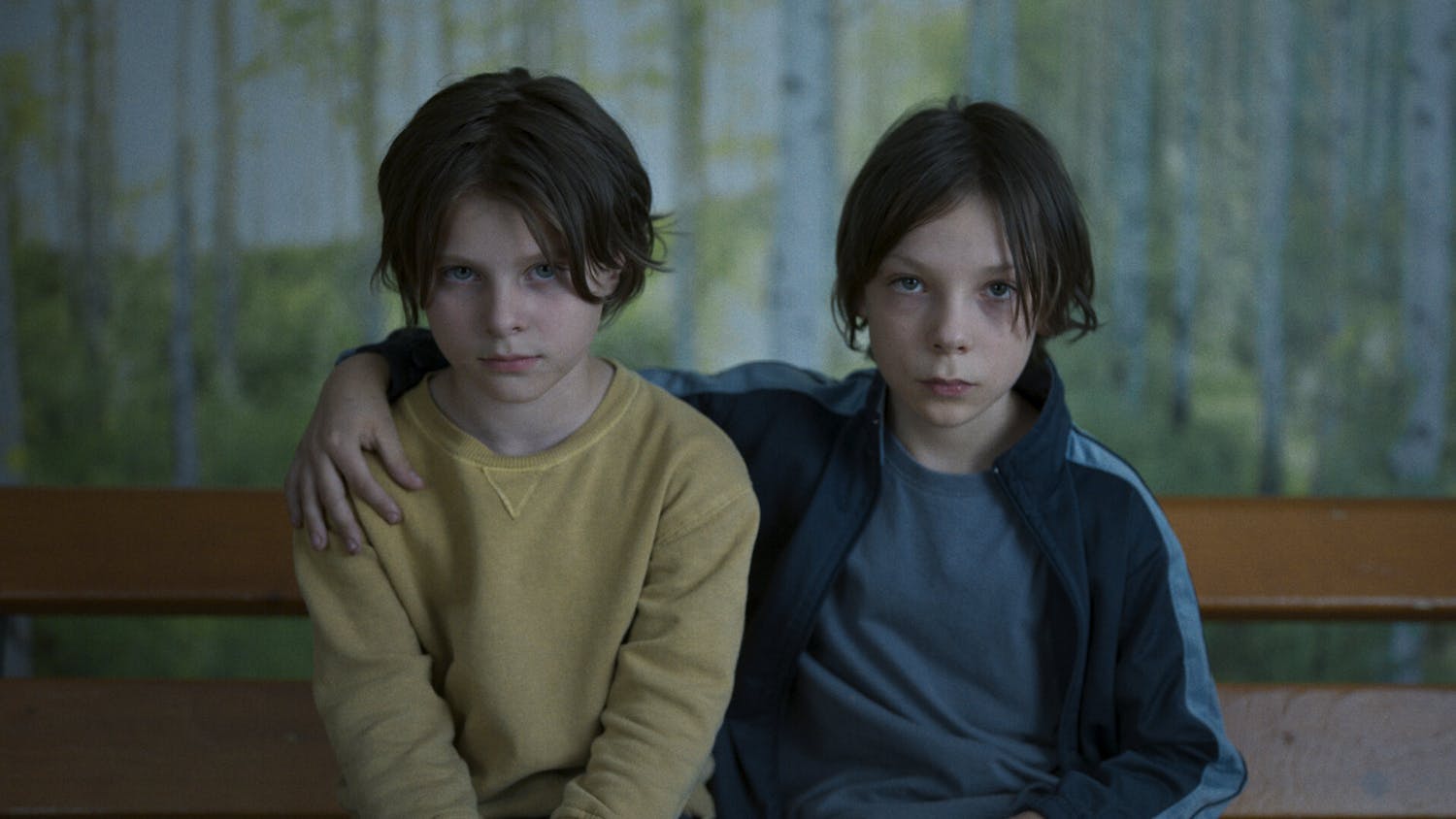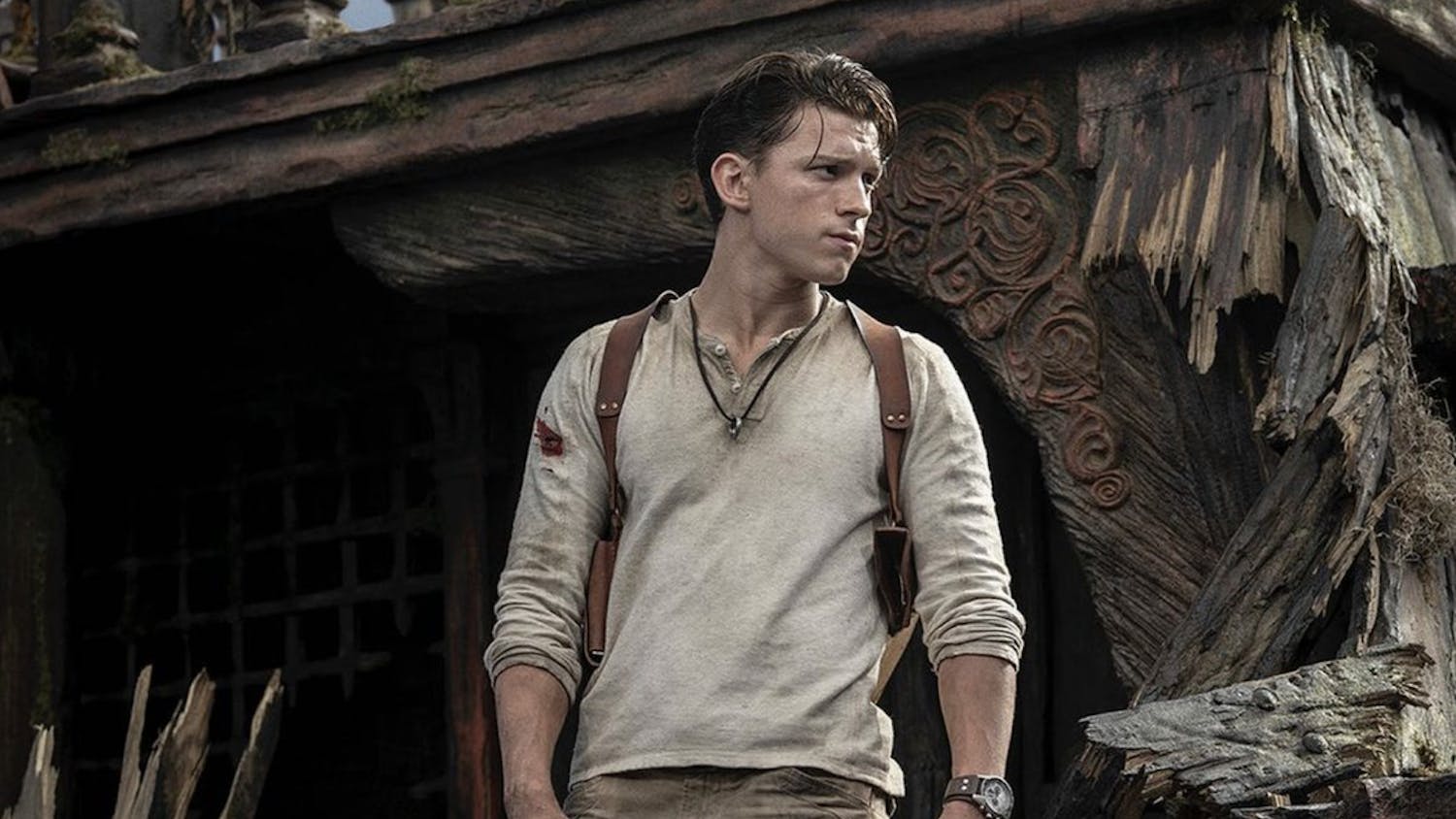In the history of American cinema, there are few absolutes. Critics still can’t decide whether “Citizen Kane” or “The Godfather” deserves the title of “Greatest American Film,” and audiences continue to debate whether “A New Hope” or “The Empire Strikes Back” is the definitive entry in the “Star Wars” saga. Some things, however, are certain. There will never be a better shark movie than “Jaws.” No biographical epic will ever surpass “Lawrence of Arabia.” And in turn, there will never be a stronger cinematic incarnation of Batman than what director Christopher Nolan achieved in “The Dark Knight” trilogy. Ten years on from “The Dark Knight Rises,” the stirring finale to the series that humanized Bruce Wayne and established a Batman for the modern world, director Matt Reeves and star Robert Pattinson have tried their hand at a new iteration of the tortured hero for the big screen. To put it plainly, it comes as close to Nolan’s benchmark as another movie about the comic book icon likely ever will. “The Batman” is a captivating showcase for its protagonist. It’s a story of corruption, vengeance and ultimately hope that imbues the character with a mythological air as palpable as the rain-soaked alleyways of Gotham City.
Reeves’ Gotham is a city rotting from the inside out. Its citizens are terrorized by murderers and rapists, and the police force and public officials meant to protect them have been bought by the mob. In the midst of this moral decay, a masked vigilante known as the Batman (Robert Pattinson) metes out harsh justice on Gotham’s criminals, spending each night of the past two years violently subduing those seeking to prey on the innocent. It is onto this dark cityscape that a serial killer calling himself the Riddler (Paul Dano) emerges on Halloween night, murdering the mayor and exposing his illicit connections to the mob. As the Riddler targets more so-called defenders of justice, the Batman must ally with Lieutenant Jim Gordan (Jeffrey Wright) and the cat burglar Selina Kyle (Zoë Kravitz) to bring him down and unearth the deep-rooted legacy of corruption that has plagued Gotham City for generations.
The article in the film’s title is not there just for style. Nolan’s trilogy emphasized the human element of Batman, focusing more on Bruce Wayne’s psychology and emotions than the exploits of his alter ego. What resulted was a sure sense that the armor-clad Batman is a theatrical cloak for the man beneath, Wayne only revealing his true self once he takes off the cowl. Reeves and Pattinson reverse this dynamic. They have created a version of the character that is truly the Batman: an almost inhuman entity that consumes Wayne’s entire being. A potent presence emits from the menacing yet majestic figure, instilling awe in the audience and dread in the criminals he torments. This is true even when the character is off-screen. When a burglar rushes out of a storefront with his score, he halts in front of a darkened alleyway. He stares into the blackness, panic overcoming him as he imagines what lurks in the dark, and flees in horror. The Batman was never even there.
The film is littered with scenes just like this that accentuate the mythic status embodied by the Batman. Each one is enhanced by the first-rate technical skill exhibited by Reeves and his crew, who ensure that “The Batman” is a consistently beautiful film to look at and listen to. Cinematographer Greig Fraser revels in the darkness that dominates virtually every corner of the film. His embrace of the low lighting produces the timeless image of the Batman materializing out of a pitch-black corridor during the character’s brilliant introduction, while his mastery of color frequently punctures the dark screen with vibrant hues of flare red, fire orange and police siren blue. Accompanying Fraser’s pristine photography is Michael Giacchino’s gothic, ever-intensifying score. Giacchino apparently understood the treatment that the comic book hero would be getting in this film, for his theme bears more resemblance to John Williams’ chilling motif for the shark in “Jaws” than his jubilant march for “Superman.” Each time the rumbling strings begin to strum, the church bell begins to knell and the horns begin to blast, it sounds like something bad is coming. For Gotham’s criminals and corrupt, that sound rings true.
But there is a section of Giacchino’s score that diverges from its predominantly ominous tone. The recurring theme subsides, and a new, hopeful melody swells to a triumphant climax. This glimmer of light in the music of “The Batman” is the key to the thematic contribution the film makes to the broader Batman canon. When the movie begins, Bruce Wayne is embroiled in a seething rage of vengeance, stalking Gotham as the Batman to hunt down evil men just like the one who murdered his parents when he was a child. As he navigates the sprawling noir storyline that Reeves constructs, however, he begins to understand that a force of vengeance is not what the good people of Gotham need. With their streets overrun by criminals and their institutions being dismantled by corruption, he sees that they need him to become a symbol of hope. The nuance of Bruce Wayne’s heroism in Nolan’s trilogy, the idea that Batman is the hero Gotham deserves but not the one it needs, was always the most transfixing element of the series. Reeves and Pattinson reach for that power in “The Batman.” They don’t quite seize it, but when the runner you’re chasing is as fast as “The Dark Knight,” second place becomes a victory unto itself.
Jack Torpey '24 (he/him) is an Arts and Culture Editor. He writes film reviews for the Reel Critic column.
Jack is studying English with a minor in Film and Media Culture. Outside The Campus, he works as a peer writing tutor at the Writing Center and is a member of the Middlebury Consulting Group.




